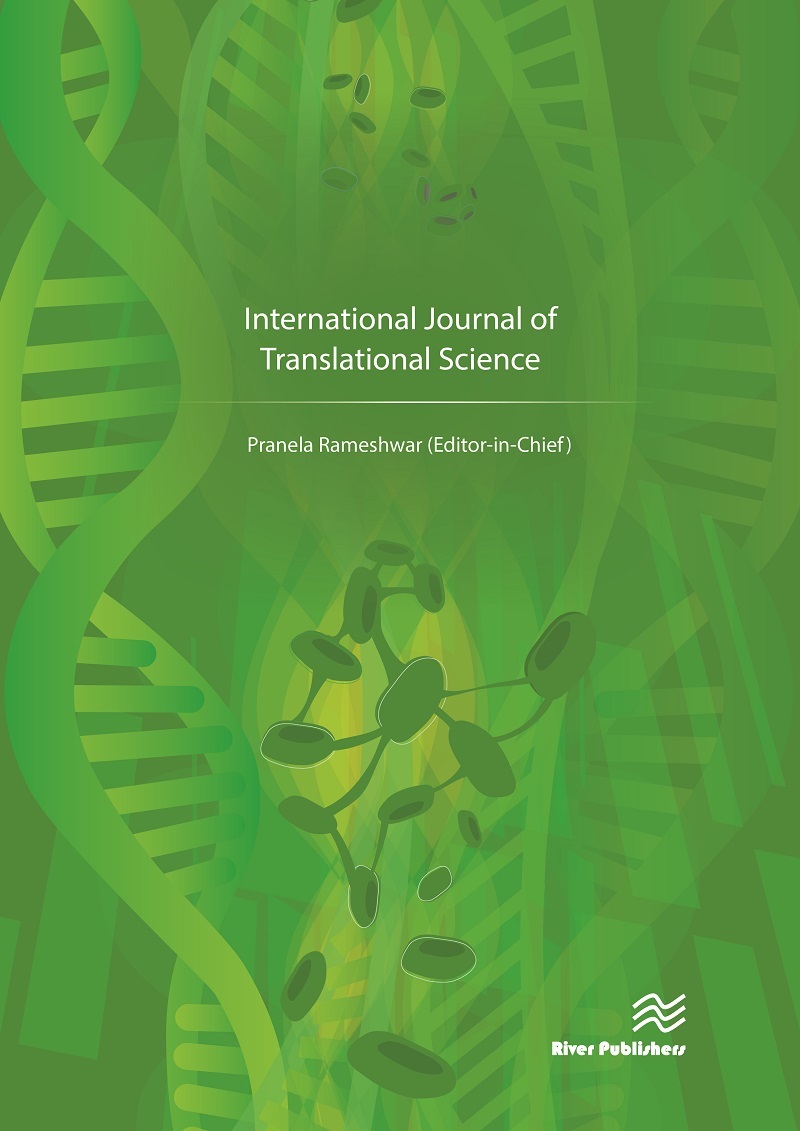Immunoassays for Affinity, Avidity and Competition: Methods to Evaluate Monoclonal (and Polyclonal) Antibodies Useful Assays in Development of New Antibodies, Better Understanding of Commercial Antibodies: Their Usefulness in Specific Aims of Research
DOI:
https://doi.org/10.13052/ijts2246-8765.2016.001Keywords:
ELISA (enzyme linked immune absorbant assay), specificity, sensitivity, affinity, monoclonal antibody, hybridoma, epitopeAbstract
Enzyme-linked immunosorbent assay (ELISA) remains the most common method to identify clones of cells during the development of monoclonal antibodies. This technique is convenient for the rapid screening of large numbers of clones, subsequent to the fusion of splenocytes of immunized mice or rabbits with immortal myeloma cells. In general, when screening for the production of the desired antibody, an antibody to the target protein or an antibody from another host is generally unavailable. Thus, the standard test measures reactivity of attachment passively to the target antigen, and reporting of that attachment using a secondary antibody reporter (sandwich assay). Slightly better is the ELISA, which reacts the monoclonal within the cell culture (supernatant) with the antigen and then applies the mix to plates coated with an antibody against the target, but from another host species. In this way, the ability of the test clones to capture the target may be examined. This method is required when preparing antibodies for immunoprecipitation.
The sandwich assay may leave the investigator with as many as 100 or more prospective clones to further characterize. To identify clones for further investigation of the target antigen, cell supernatants may be too dilute. Thus, the expansion of this enormous number of clones for subsequent purification of the antibodies would be a daunting task. Here we offer EIA-based assays
which simplify the process of excluding the majority of clones which will not serve the researcher’s requirements. All the assays can be done from a single stock of each clone of as little as 2 ml volume.
Downloads
References
Lequin, R. M. (2005). “Enzyme Immunoassay (EIA)/Enzyme-Linked Immunosorbent Assay (ELISA)”. Clinical Chemistry 51 (12): 2415–8.
Engvall, Eva; Perlmann, Peter (1971). “Enzyme-linked immunosorbent assay (ELISA) quantitative assay of immunoglobulin G”. Immunochemistry 8 (9): 871–4.
Van Weemen, B.K.; Schuurs, A.H.W.M. (1971). “Immunoassay using antigen—enzyme conjugates”. FEBS Letters 15 (3): 232–236.
Kragstrup, Tue W; Vorup-Jensen, Thomas; Deleuran, Bent; Hvid, Malene (2013). “A simple set of validation steps identifies and removes false results in a sandwich enzyme-linked immunosorbent assay caused by anti-animal IgG antibodies in plasma from arthritis patients”. Springer-Plus 2 (1): 263.



